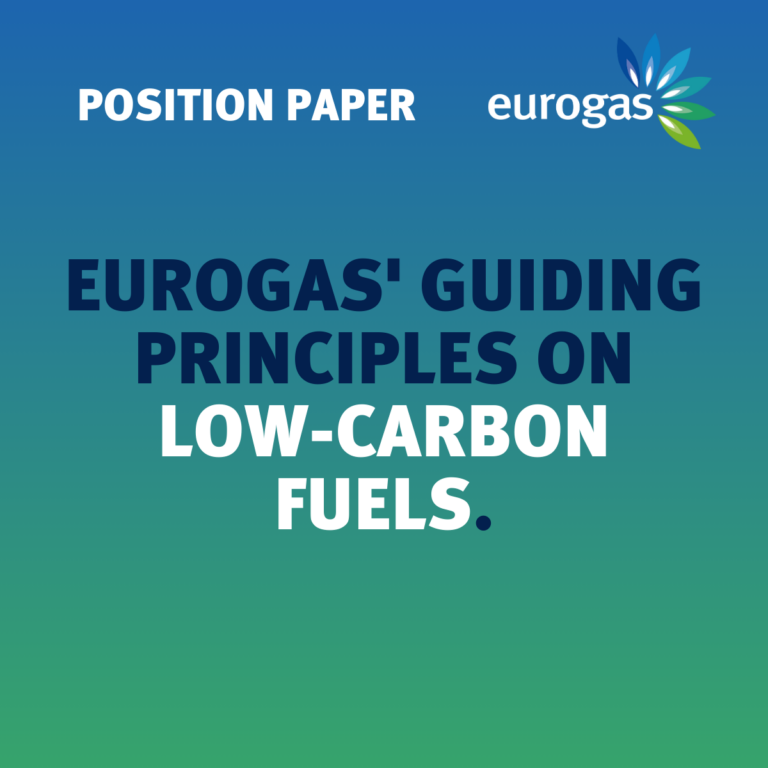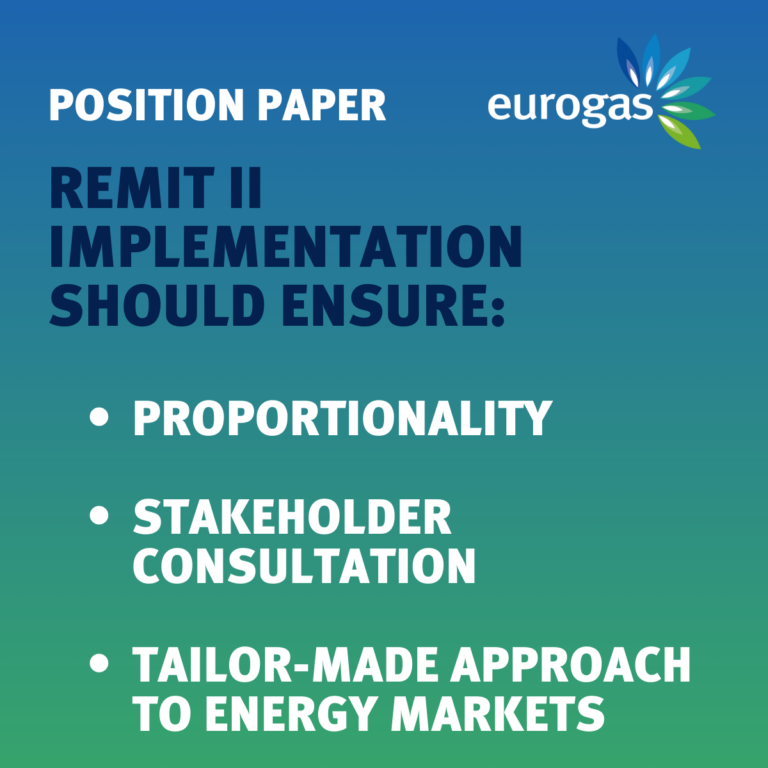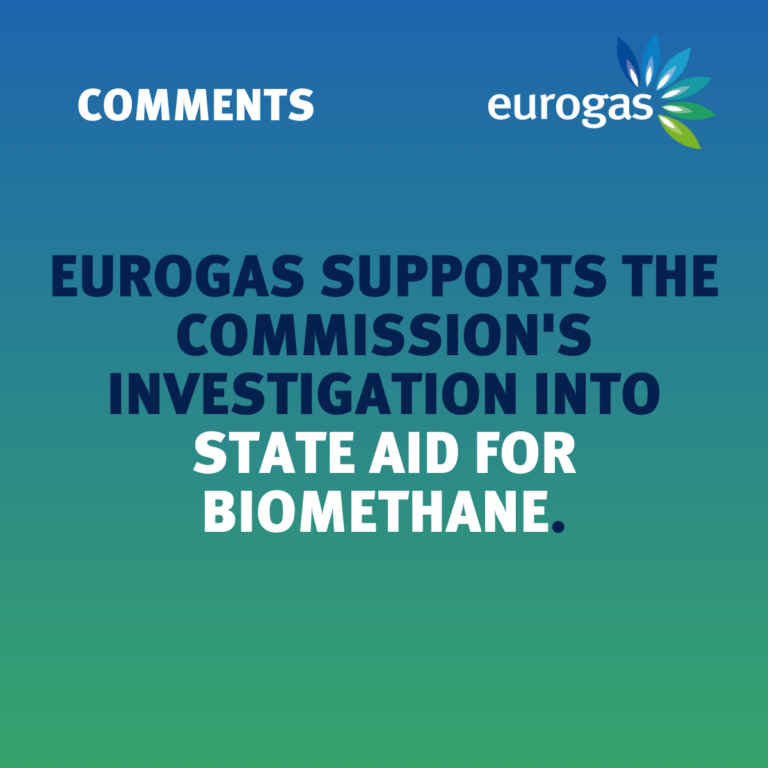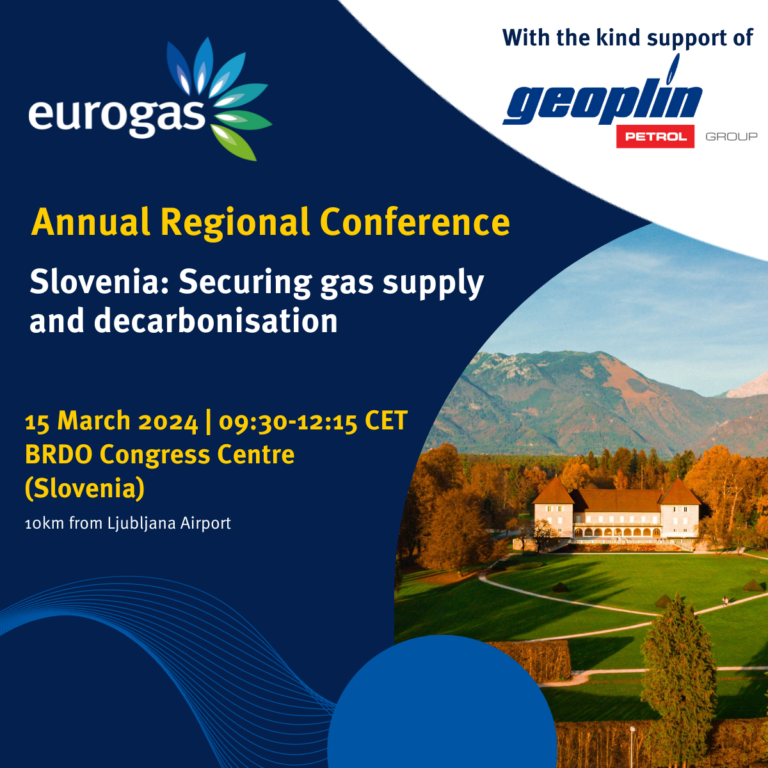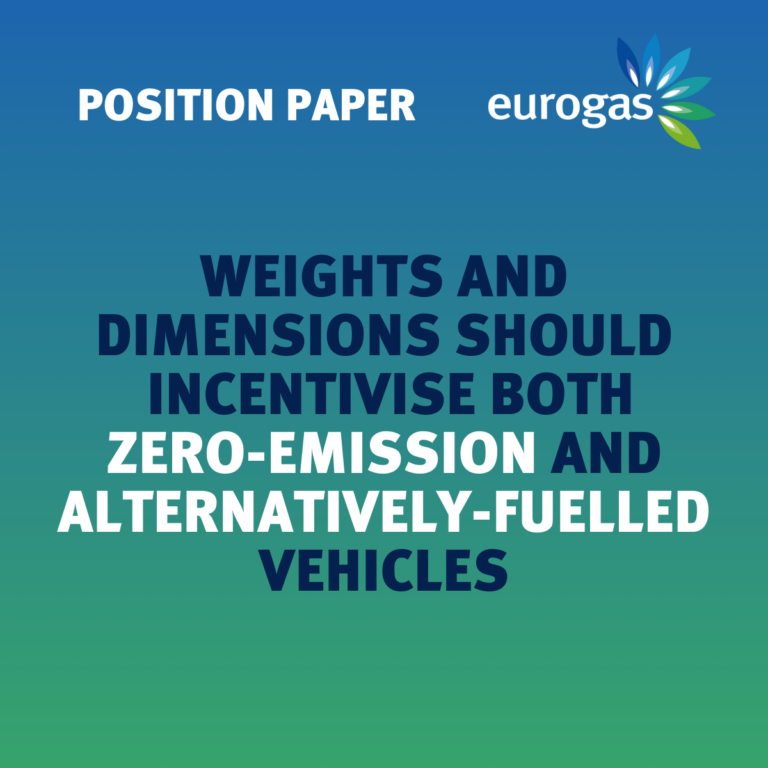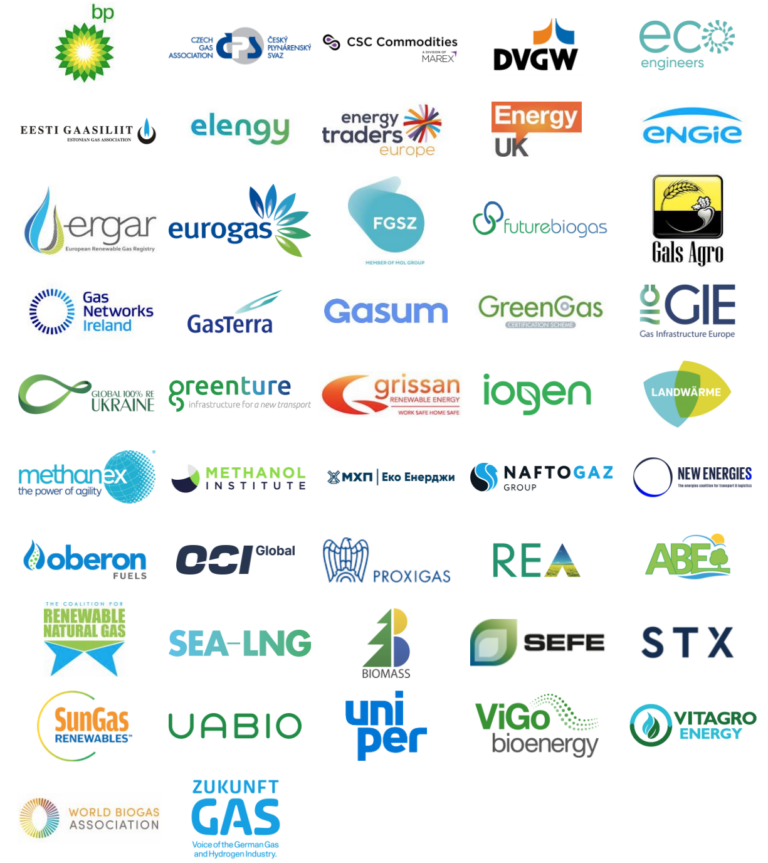The transport sector is working to slash its environmental footprint, reducing both carbon dioxide (CO2) and air pollutant emissions in keeping with EU targets. Achieving carbon neutrality is a huge challenge, particularly for heavy duty road freight, which accounts for 28% of EU road transport emissions.
Why is this so challenging? Partly because it must be achieved without impacting the efficiency of the cost-sensitive and diesel dependent freight system. It’s a challenge for the entire sector, not just vehicles and fuels. Moreover, this challenge impacts the cost of living for European consumers.
Road transport prices have risen significantly across Europe in the last few years. In Q3 2022, they were almost 20% higher than a year earlier, reaching €1.9 per kilometre on average, mostly due to the rise in diesel fuel and the inflation of drivers’ wages[1].
Typically transport costs account for 10% of the total cost of a product[2]. This impacts the price of food and small goods which accounted for 39% of EU road freight in 2022[3].
The challenge impacts workers too; of the half a million companies in the European road freight sector, 99% are SMEs with less than 50 employees. All these companies will need to actively engage in decarbonisation but have varying levels of technical capabilities and access to financing. This reality is well reflected in a report from the Smart Freight Centre and Kühne Logistics University.
The report shows that cost-savings are the main driver for carriers making decarbonisation investments, well ahead of customer demand which comes in second position. Building on that, the authors show that new vehicle technology and the associated fuel supply infrastructure are not the whole solution. A comparison between low or zero carbon vehicles and diesel trucks must be made in terms of cost factors: Total Cost of Ownership (TCO); purchase price; and, operating costs including fuel or energy costs. Transport SMEs will need incentives to buy the new generation of low carbon vehicles. Otherwise, we may either see many of them disappear, or the additional cost being passed onto consumers.[4]
Freight transport companies are already making efforts to decarbonise. The demand is coming from their customers, who are increasingly measuring and disclosing GHG emissions as part of their Corporate Sustainability Reporting. They are also setting reduction targets to tackle their carbon footprint and address emissions arising from their supply chains. Everything comes down to operational practicality and cost: TCO and carbon abatement cost. Fleets operating on high annual mileage, such as long-haul logistics, experience the greatest carbon and cost savings using biomethane. A switch to using low carbon fuels for transport operations offers an immediate opportunity for reducing Scope 1 and Scope 3 GHG emissions.[5] This is making biomethane the preferred choice for long haul heavy-duty trucks by many companies, particularly in cost-sensitive parcel delivery, groceries and bulk hauling activities.

Shippers and carriers making significant investments in biomethane trucks include XPO Logistics, DHL, UPS and Amazon, Aldi, Tesco, Arla Foods, brewer Heineken and Procter&Gamble[1].
There is a clear trend towards electrification in the transport sector, including heavy duty vehicles. This includes battery electric and hydrogen fuel cell technologies. That can’t be the only approach, due to a number of challenges, including operational and again, economic challenges.
At Westport Fuel Systems, we are convinced that the most cost-effective approach to decarbonising this sector, particularly for commercial vehicles, includes Internal Combustion Engines (ICE) running on renewable gaseous fuels such as biomethane. We have recently signed a letter of intent with Volvo Group to establish a joint venture to broaden the global adoption of our High-Pressure Direct Injection (HPDI™) fuel system technology for long-haul and off-road applications[2] and to accelerate the commercialisation of new variants. The hydrogen version of it, H2 HPDI, is optimised to power internal combustion engines on hydrogen.
This H2 HPDI approach is complementary to fuel cells as tools to accelerate the displacement of diesel vehicles, the utilisation of hydrogen infrastructure, and to create production demand. It’s an innovative decarbonisation solution; practical, efficient, and cost-effective, as needed in this demanding and competitive sector.
These developments are great, but we need to scale up quickly, because climate change is not waiting. This requires very clear policy signals, and there are still gaps on this side.
Eurogas and NGVA Europe: gmobility represent the sector’s views on important European transport policy files, covering the variety of topics that need to be addressed. We are pleased to see the two associations working well together and benefiting from each other’s expertise.
Among the gaps to be filled, I will only mention here two aspects of the CO2 Standards for Heavy Duty Vehicles that are crucial from our point of view. One is the recognition of the role of renewable and synthetic fuels, with the inclusion of a mechanism covering them. The other one is to maintain the Commission’s proposed Zero Emission Vehicle (ZEV) definition at 5g CO2/t-km, as it gives fleets – the main beneficiaries – access to a broader range of low carbon abatement cost technologies and helps reduce the consumer cost of low carbon freight.
Overall, it is key to recognise all the decarbonised transport solutions that we discuss here in a coherent, realistic, and cost-effective policy framework in order to deliver climate goals. Once again, it takes us back to costs, even in regulations and policy.
Anders Johansson
Vice President, Heavy Duty OEM
Westport Fuel Systems

[1] WFS analysis based on https://www.ti-insight.com/wp-content/uploads/2023/05/Upply-IRU-Ti-European-road-freight-rates-benchmark-Q1-2023.pdf, https://market-insights.upply.com/en/2022-review-of-road-freight-transport-in-europe and European road transport rates rise further; see where it has been highest | trans.info
[2] From 3.3 – Transport Costs | The Geography of Transport Systems (transportgeography.org)
[3] WFS calculations based on Statistics | Eurostat (europa.eu)
[4] Info based on “Decarbonizing the operations of small and medium-sized road carriers in Europe. Smart Freight Centre (Amsterdam) and Kühne Logistics University (Hamburg). 2021 report.” Available from Decarbonization study: a call to focus on SME road freight carriers · KLU, direct access SFC-KLU_report_v5i.pdf.
[5] Info based on UK Renewable Fuels Guide 2023, Zemo Partnership (July 2023)
[6] UK Renewable Fuels Guide 2023 available on Renewable Fuels Guide 2023 (zemo.org.uk)

